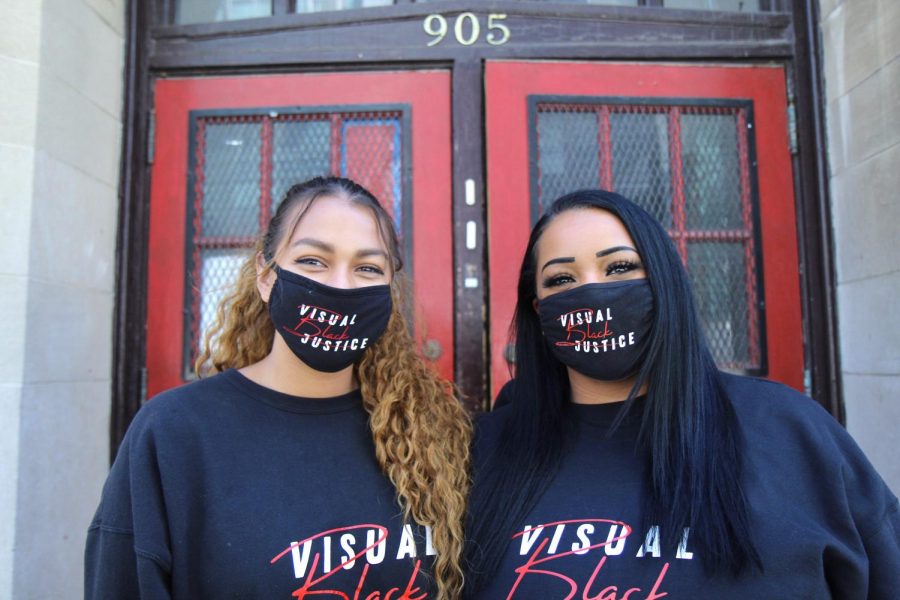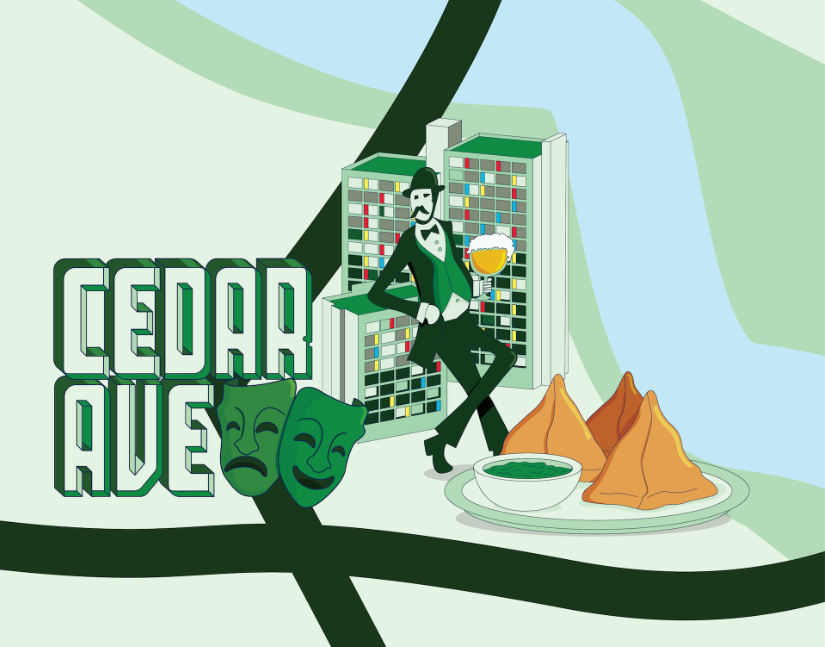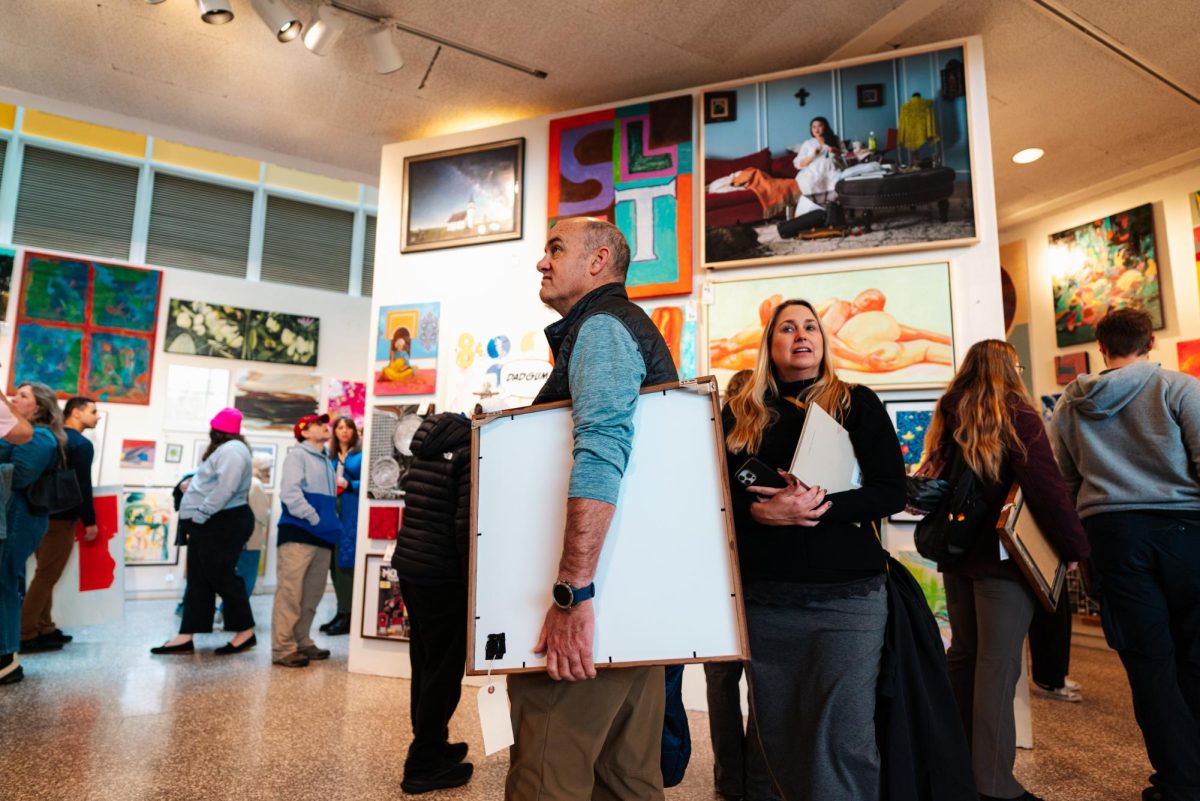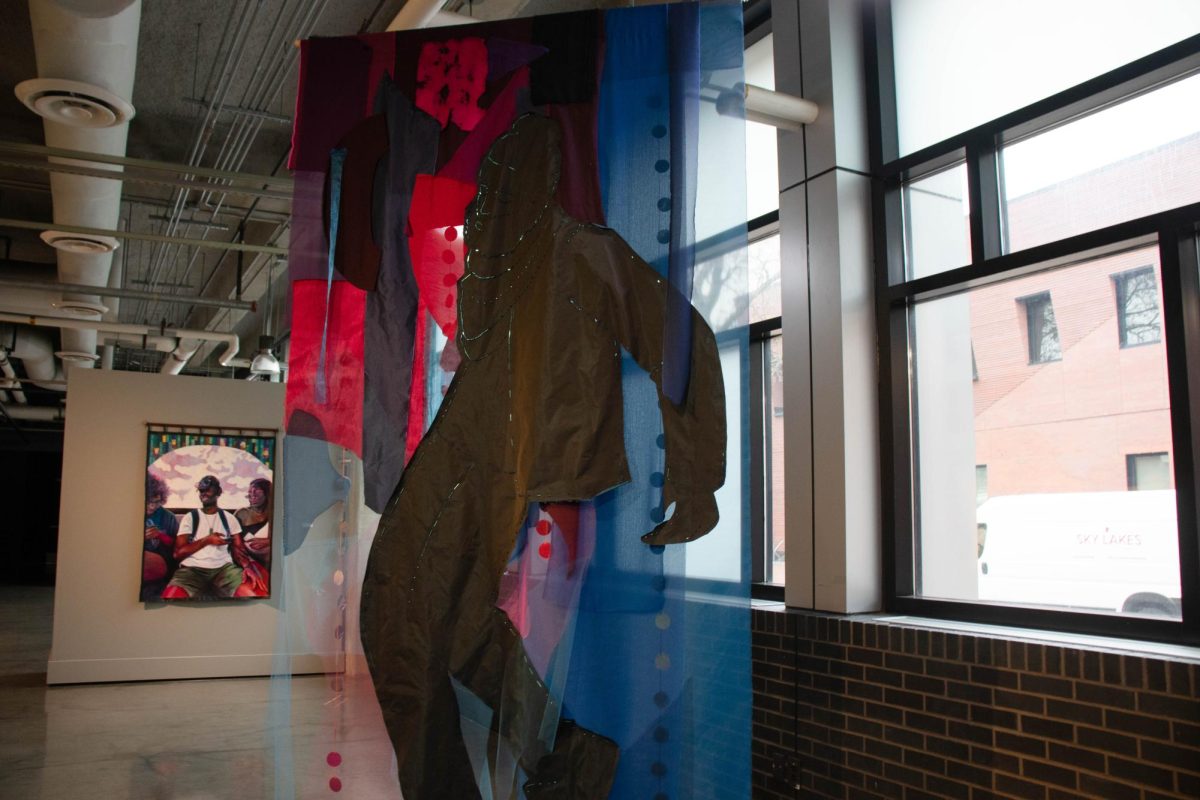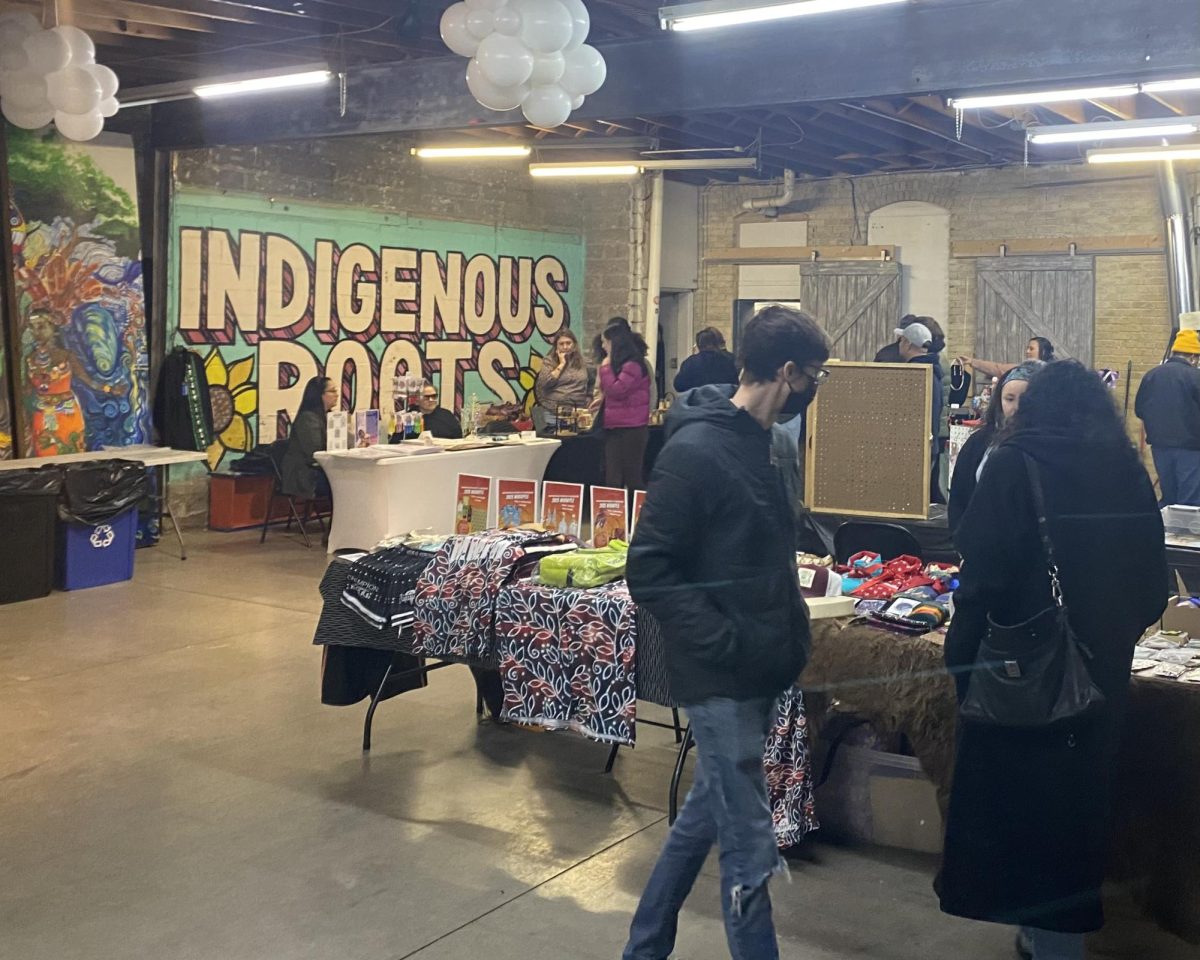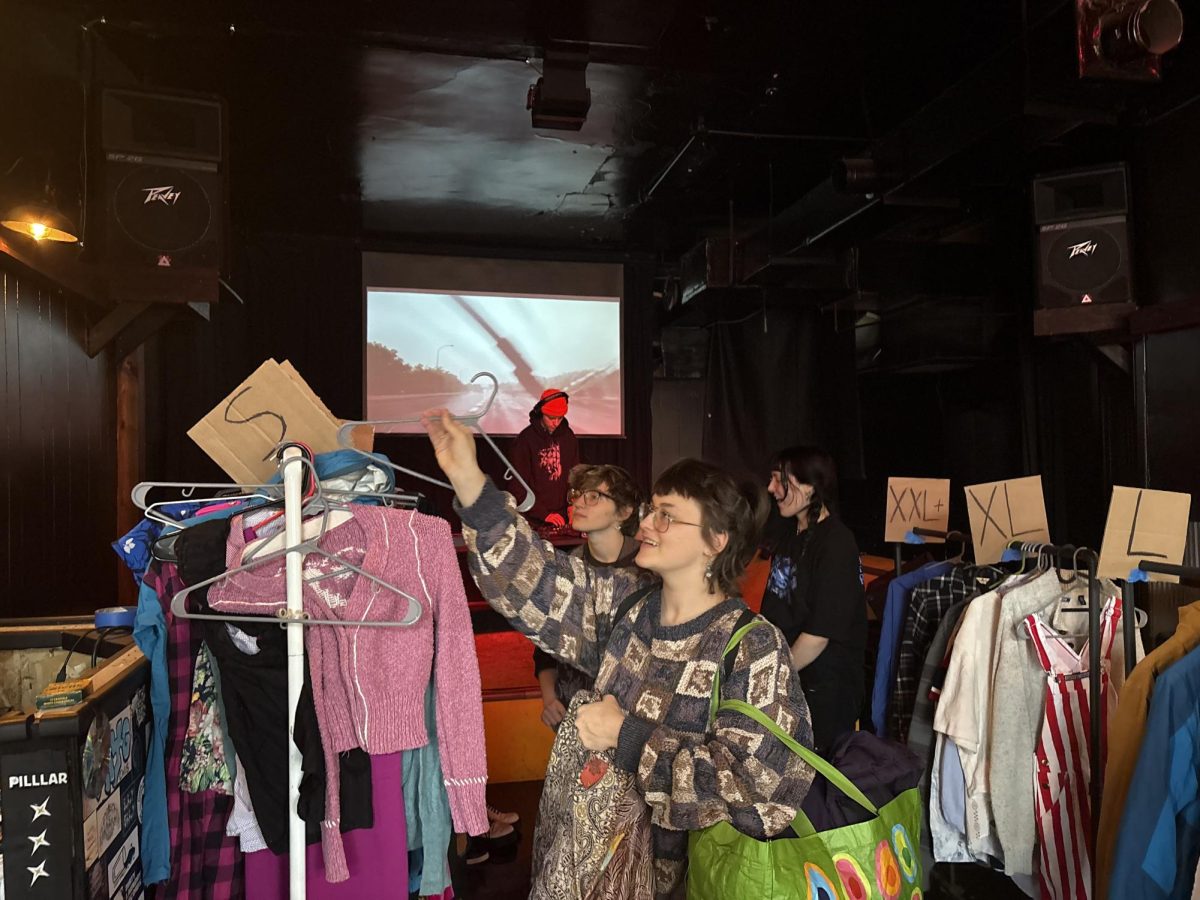A&E spoke with Athena Papagiannopoulos and Tay Elhindi of Visual Black Justice, an organization that seeks justice and amplifies Black voices in creative and visual ways, about their activist group, how art can be a form of resistance and what justice looks like after the Derek Chauvin trial ends.
So Athena, as the founder of Visual Black Justice, why did you decide to create this organization?
Athena: So, back during [the police killing of] Philando Castile, I had originally started a group called AR-14, which meant awareness and resistance and there were 14 people that started organizing with me. It wasn’t until about eight months ago that I wanted to take a new direction with how I wanted to do organizing and continue activism. I wanted this to be, like, way more art incorporated.
What inspired you to center art in Visual Black Justice’s mission?
Athena: Well I’m an artist, and in the beginning, I didn’t see that as activism. It wasn’t until I grew more into the activist community and continued doing what I was doing that I did realize that art is resistance.
So Tay, as the president of Visual Black Justice, when and why did you decide to join and lead the organization?
Tay: I moved to the [Twin] Cities in 2017 and got a little bit more into activism. And then, after we saw the [uprising following the police killing of] George Floyd, I was like, “Yeah, I need to really start being more engaged.” I was really upset, and I was really pissed off, and I had all this energy that just needed to go somewhere. So I was volunteering with the 10k Foundation when I met Athena. And when we met, it was just kind of this alpha female, visionary artist click, like synergy.
So one of the projects you did with Visual Black Justice is the Reflect project that got a lot of attention during the beginning of the Chauvin trial. Where did that idea come from?
Tay: We met Leesa Kelly from Memorialize the Movement over the summer, and she came to us with the idea to bring plywood boards with George Floyd’s face on them to the trial. So we were like, “That’s dope, how can we make this bigger?” And a big theme of these boards is to have everybody who’s there to reflect on what happened. We kept using the word “reflect.” So then Athena was like, “We should bring mirrors.”
So on the back of the mirrors, we painted these messages of hope and these messages of solidarity, so, as the family walks in, we’ll hold up the sign that says, “We got your back,” “We’re with you every step of the way,” that kind of stuff. And if Derek Chauvin walked past, we’d flip the mirrors around with the fake blood and the words “Reflect” on them.
We didn’t get to see Chauvin, but we still wanted to use “Reflect.” Because it’s not just about Chauvin; it’s about the entire system. Everybody has a role in what white supremacy is. We knew the mirrors were gonna get taken down, but we decided to do it regardless because we wanted all of those officers, and all the National Guard and like the jury and the judge and everybody who got to see it, to ask themselves, “What is my role in all of this?”
Athena: A big thing with us and with our visuals, we want people to continue the conversation. If you’ve seen it on the street, you’re going to take a Snapchat or send it to a friend and talk about what it means.
So, once this trial is over, and whether or not Chauvin is convicted, what does justice look like to Visual Black Justice?
Tay: I think a conviction is necessary because that’s accountability. That’s not the only piece of it: Part of justice is ending qualified immunity. What are we going to do at the foundation of our legal system and our justice system that prevents this from happening in the future? Can we still get Emmett Till justice and all those people who didn’t get a national uprising?
Athena: We need justice for George Floyd, but we need justice for the past so we can keep getting justice for the future.
This interview has been edited for length, grammar and clarity.


